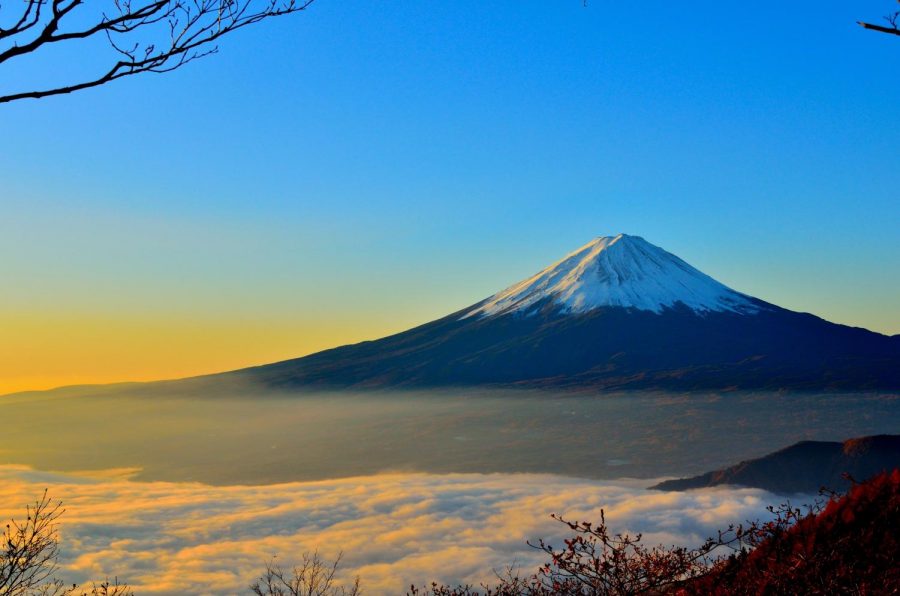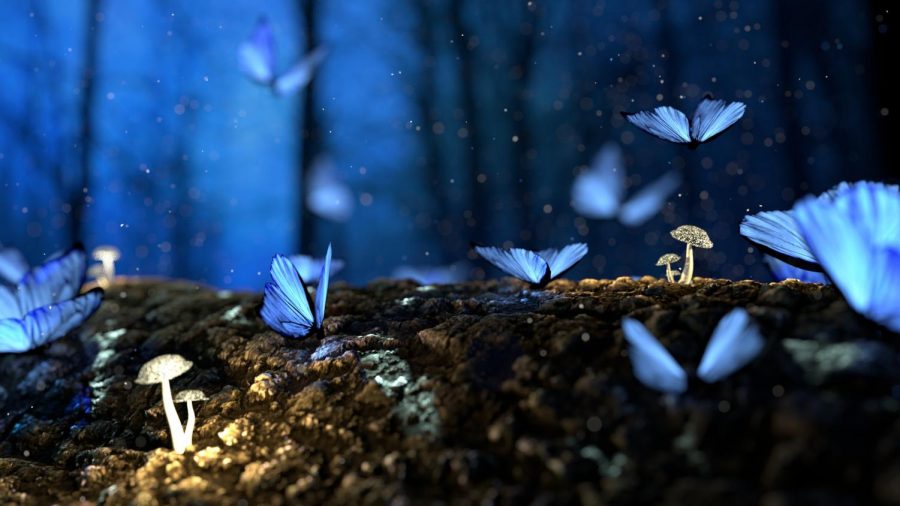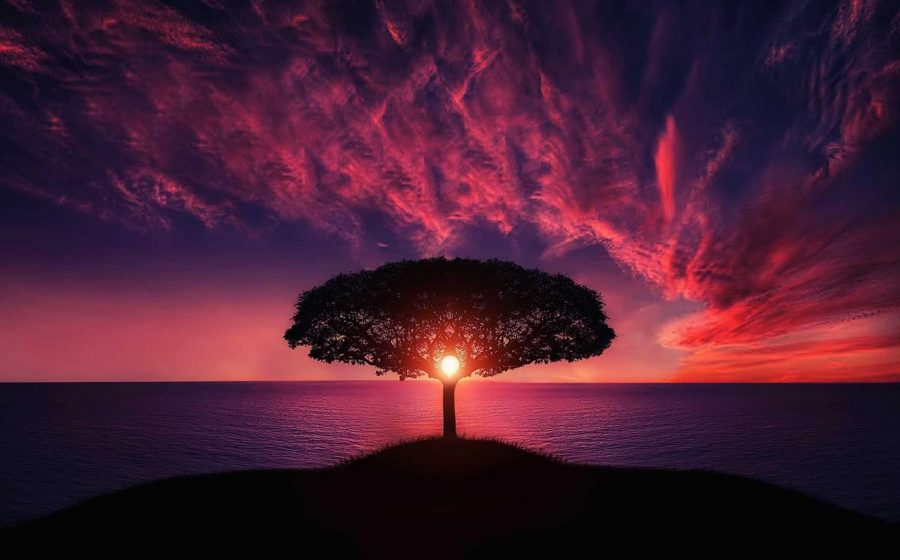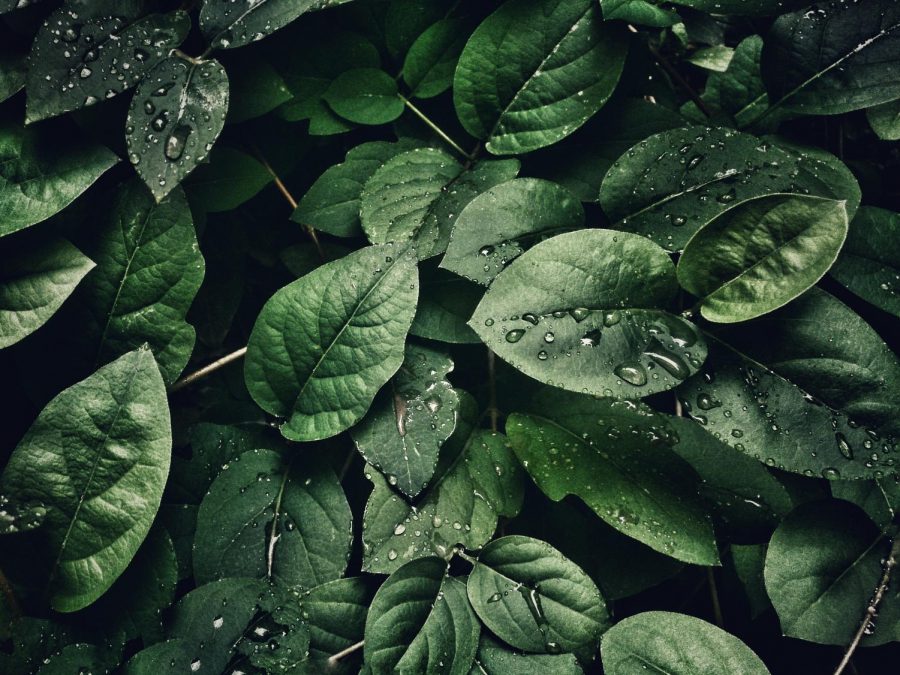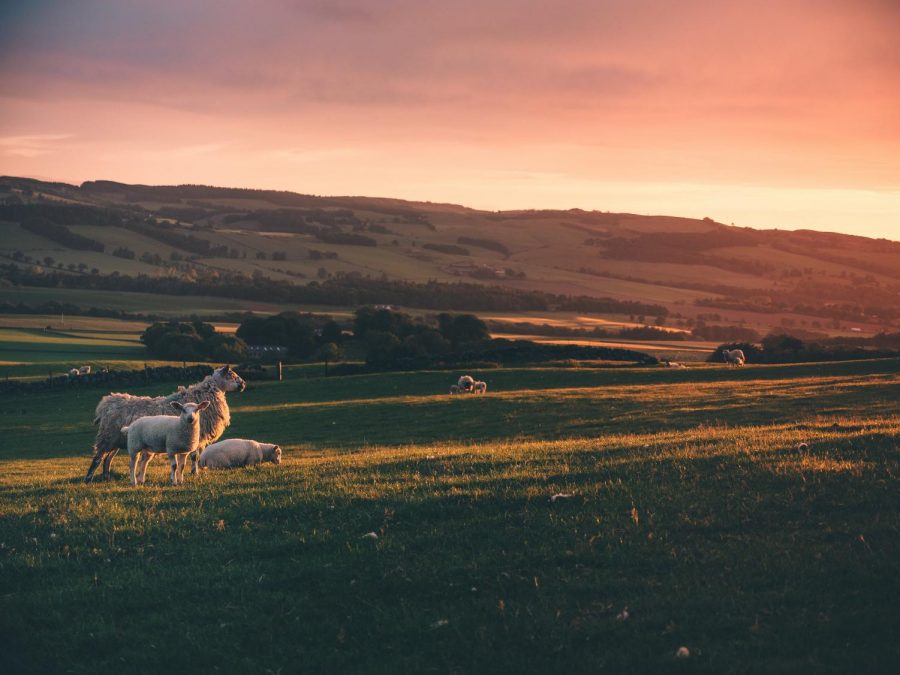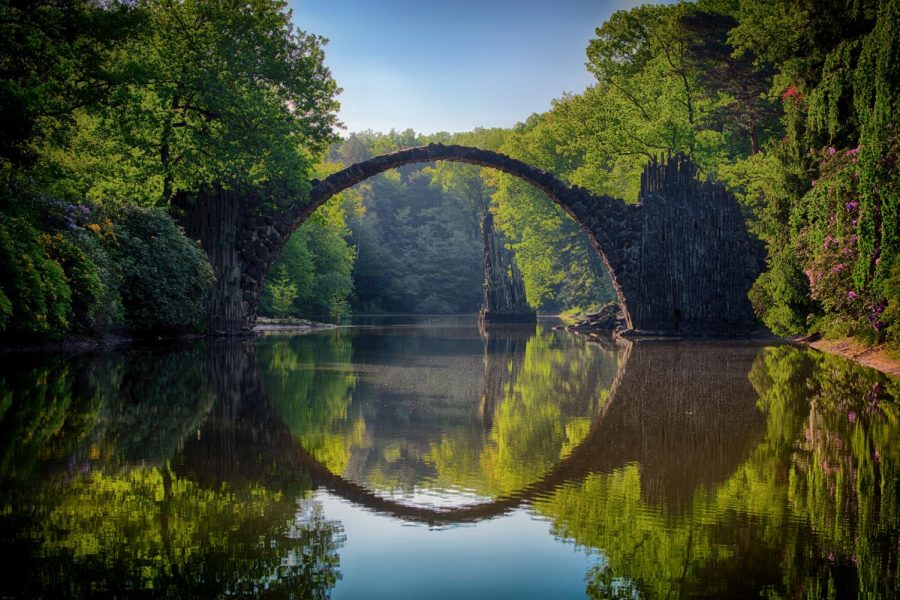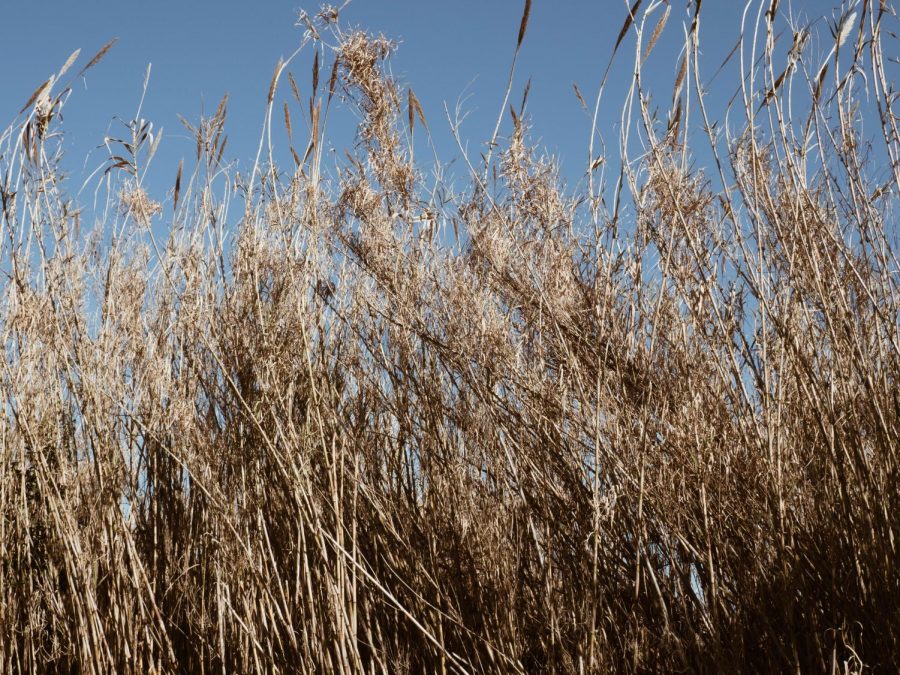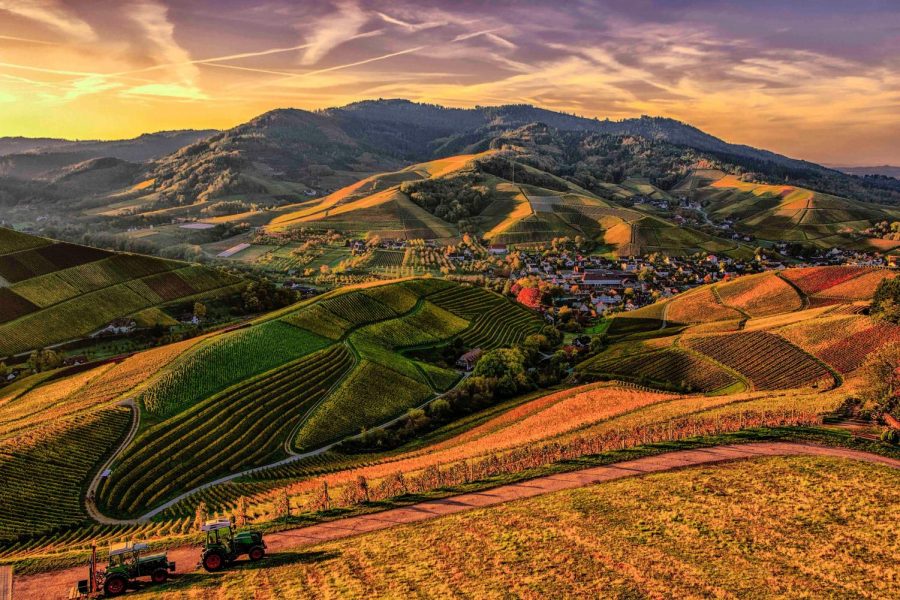Autotrophs, Heterotrophs, and Chemotrophs
My AP Biology Thoughts
Unit 8 Episode #24
Welcome to My AP Biology Thoughts podcast, my name is Corrinna and I am your host for episode 24 called Unit 8 Ecology: Autotrophs, Heterotrophs, and Chemotrophs. Today we will be discussing the differences between autotrophs, heterotrophs, and chemotrophs.
Segment 1: Defining Autotrophs, Heterotrophs, And Chemotrophs
- Autotrophs, heterotrophs, and chemotrophs are organisms who obtain energy in different ways. Autotrophs create their own energy. The word autotroph comes from the root words auto which means self and trough which means food. Most autotrophs use the process of photosynthesis to make their food. This process creates sugars from carbon dioxide and sunlight. Autotrophs are also called producers because they provide oxygen and a food source for animals who are in higher trophic levels. Autotrophs form the base of ecosystems’ energy pyramid since they are eaten by herbivores.
- Herbivores are a type of heterotroph. Heterotrophs are organisms that consume other organisms in order to obtain energy because they cannot create their own food. There are multiple kinds of heterotrophs. Herbivores eat plants to obtain energy and are also called primary consumers because they eat the autotrophs, who are the lowest trophic level in a given ecosystem. Carnivores consume meat from other organisms. They are usually predators and can also be secondary and tertiary consumers. Secondary consumers eat herbivores and tertiary consumers eat other carnivores. Carnivores can also be scavengers, which are organisms that eat animals that are already dead.
- Chemotrophs can be either autotrophs or heterotrophs. They obtain their energy by the oxidation of electron donors in their environments. This means that they take electrons from available molecules and add oxygen to them to form other molecules for energy. Chemoautotrophs can synthesize their own organic molecules (include auto because they make their own energy). Chemoheterotrophs obtain energy by ingesting preformed carbon molecules since they can’t make their own.
Segment 2: Examples of Autotrophs, Heterotrophs, And Chemotrophs
- Some examples of autotrophs are most plants, phytoplankton, and some bacteria. All of these organisms create their own food. The majority of animals are heterotrophs. Deer, rabbits, and some bird species are examples of herbivores because their food source comes only from plants. Lions, snakes, and sharks are examples of carnivores because they get their energy from hunting and consuming other organisms. Bears, dogs, and humans are all omnivores because they eat both plant and animal matter. Scavengers include raccoons and turkey vultures, who usually eat other decaying animals.
- Some examples of chemotrophs are some types of bacteria and fungi (but not all bacteria and not all fungi are chemotrophs). These organisms require carbon to survive and reproduce. Because they most often live in hostile environments such as deep sea vents, chemotrophs aren’t as well-known as autotrophs and heterotrophs.
Segment 3: Digging Deeper into Autotrophs, Heterotrophs, And Chemotrophs
- These categories fit into the bigger picture of evolution because they show how food webs and trophic levels work together. For example, autotrophs are necessary for heterotrophs to survive. Heterotrophs make up the primary, secondary, and tertiary consumers (higher trophic levels) because they eat autotrophs (lowest trophic level. This shows that all species rely on each other to survive.
Thank you for listening to this episode of My AP Biology Thoughts. For more student-ran podcasts and digital content, make sure that you visit www.hvspn.com. See you next time!
Music Credits:
- “Ice Flow” Kevin MacLeod (incompetech.com)
- Licensed under Creative Commons: By Attribution 4.0 License
- http://creativecommons.org/licenses/by/4.0/
Subscribe to our Podcast
- Apple Podcasts
- Spotify
- Google Podcasts
- Stitcher
- YouTube
Connect with us on Social Media
Twitter @thehvspn

